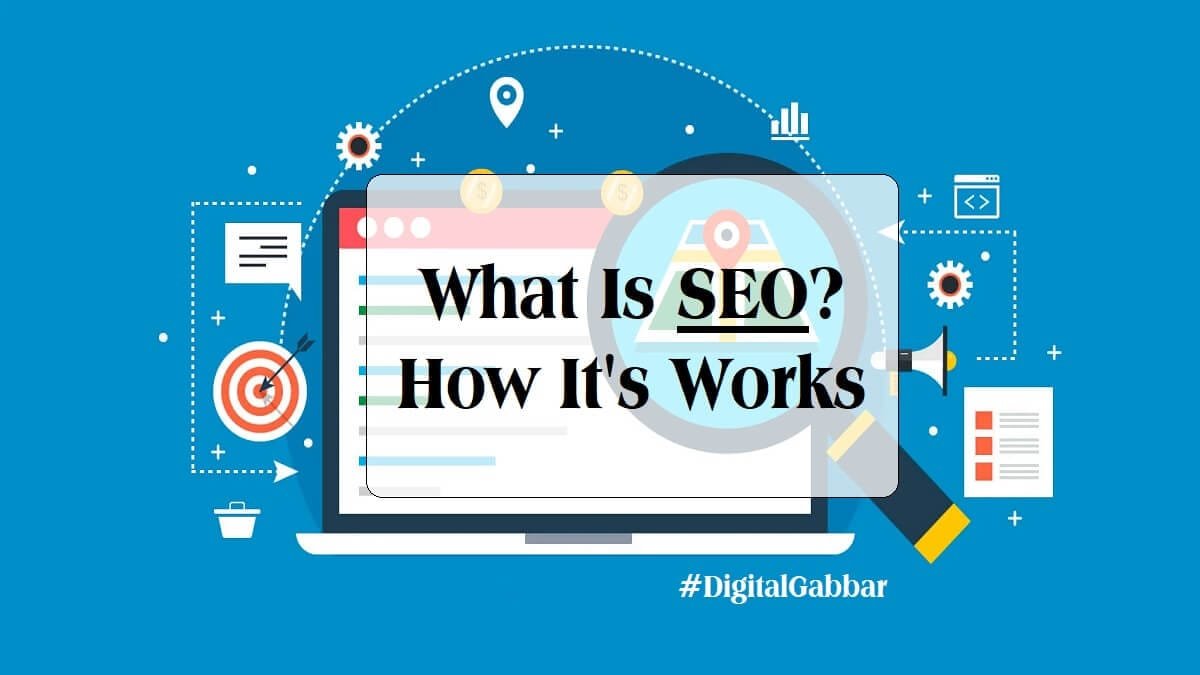First of all, it is very important for us to know what SEO is. You must have read this many times now about what search engine optimization is. If we talk about today’s digital marketing age, the site whose SEO is not good is not able to rank. No matter how amazing content you write on your site, if there is no SEO, It will never rank.
The search engine optimization of your blog or site is like its power booster. But the thing here is a little different; it is not that once you do SEO on your site, then it is all sorted. No, you will have to consistently do SEO on your site to keep it ranking.
Actually, it is a repository of knowledge; the more knowledge you acquire, the more you will move forward. If you want organic traffic but you do not do SEO, then you must not start a blog. No, my motive is not to scare you or misinterpret search engine optimization. All I want you to understand is that without SEO, your site may not have an existence.
Are you ready?
To know about search engine optimization, even if you are not, I would suggest you keep reading.
So, let’s start with this SEO journey.
What is SEO?
When you optimize your website for a particular search engine so that the search engine shows your site among the top results in its organic search. This process is called SEO. Search engines provides you with their rules, regulations & guidelines, following them, you have to optimize your site accordingly. These guidelines are also known as Algorithm.
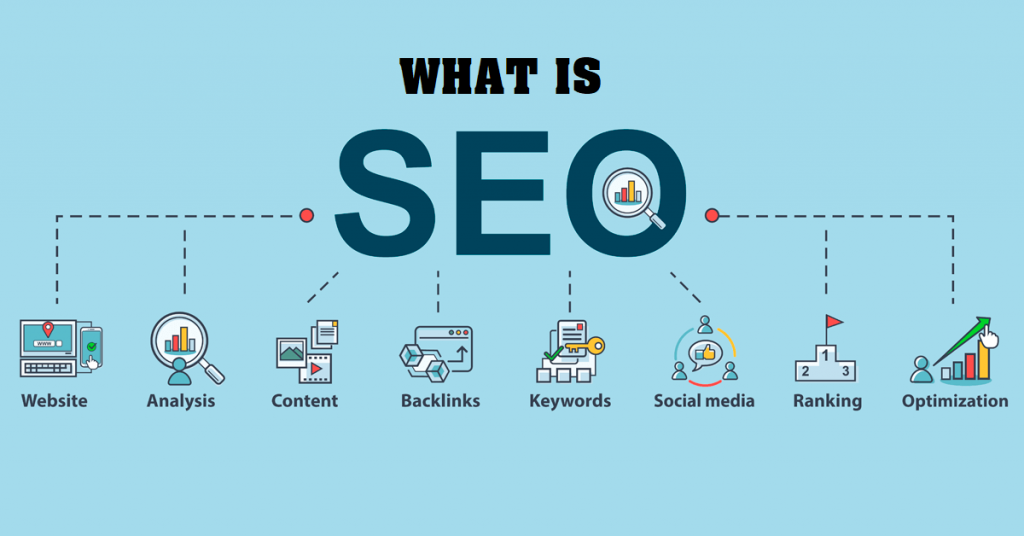
How Does SEO Work?
Search engines make SEO rules and regulations according to their users, which you have to follow. These rules and regulations are made keeping in mind the search history and user performance. The job of search engines is to show better results to their users.
Whenever a site is indexed in a search engine, it is always accompanied by some keywords. Now, all the sites indexed under that keyword, among those that are in complete alignment with the Search Engine guidelines, are shown among the top results, and accordingly, Google updates them in their database and keeps updating this data.
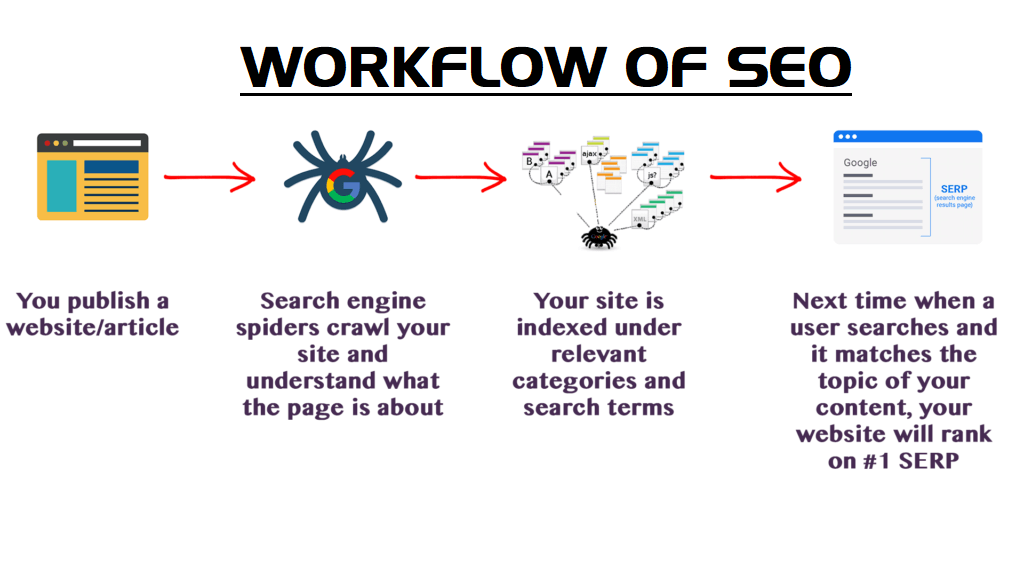
When a user searches for that keyword, the list of sites is shown in the same order. The search engine shows the ones whose SEO is better. The search engine rechecks the site after a certain time. Then, he moves the index up or down in the search result based on whether the SEO has improved or impaired. This process goes on to show a very specific result.
Why is SEO important?
Whenever we make a blog or website, we have only one objective. Make your site accessible to more and more people, for which organic search results are considered best. If a user has a query, he puts that query in a search engine and makes a search to look for the answer. It is then the search engine that locates all the indexed websites to reflect the results to that user.
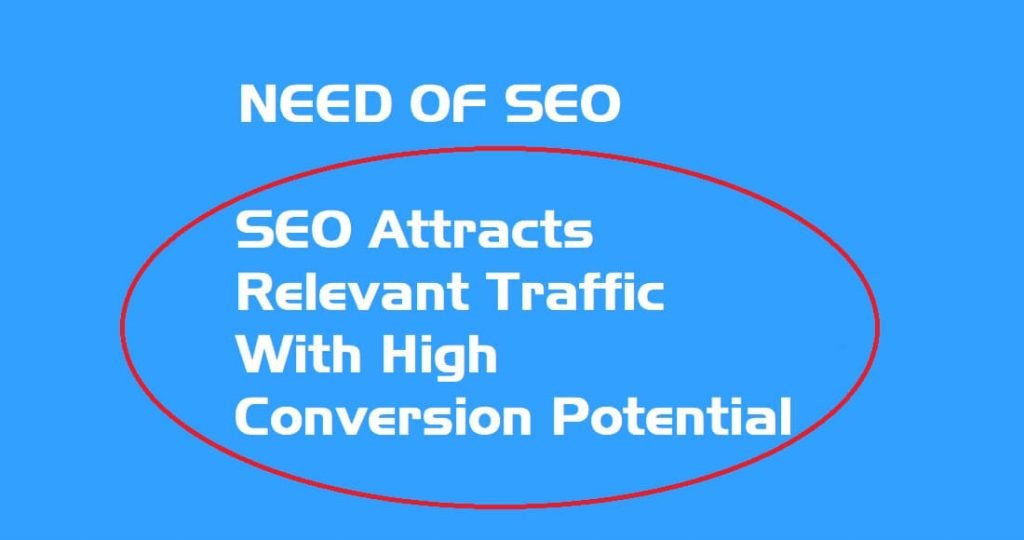
In a day, more than millions of searches are made on search engines, and to give good user service, search engines create many such guidelines for users and websites.
Why does Google make so many more rules and regulations than the rest of the search engines?
As I told you, Google started in 1997 and, by 2004, was being used everywhere. Google focuses on giving better results and quality service to the user than the rest of the search engines. For this reason, he always changes the rules and regulations.
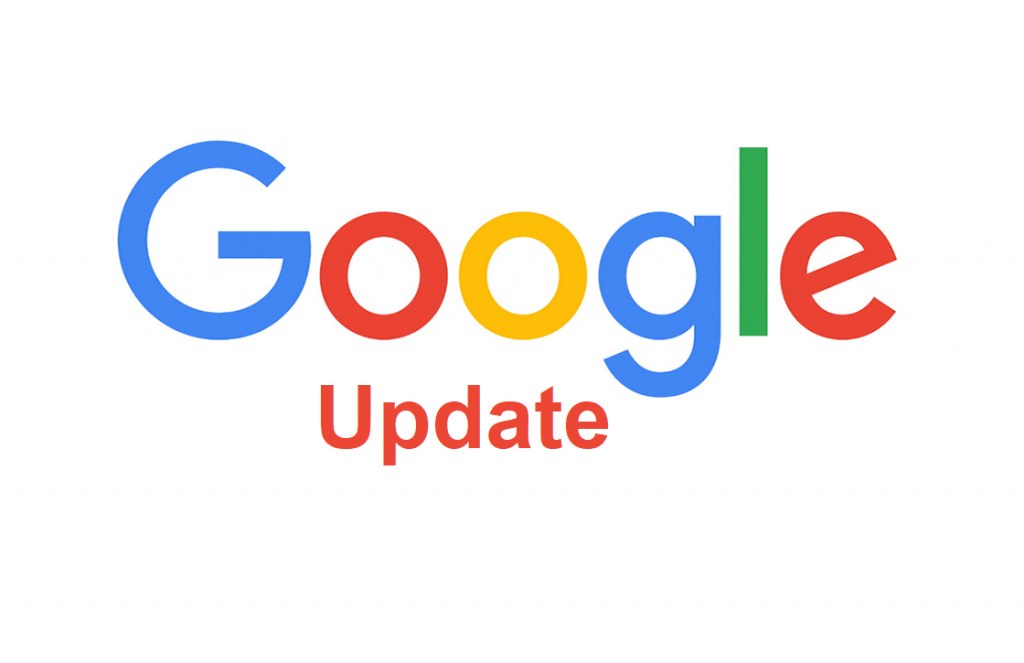
People started getting better results, and Google’s customer base kept growing. Among all search engines, Google alone has 75% search. To ensure the same level of customer engagement, Google keeps upgrading its algorithm.
Now, you must have understood what SEO is and why it is needed. Without SEO, you cannot even hope for organic reach on your blog. And unless you get organic reach on your blog, your dream to create a successful blog is incomplete.
Along with doing SEO, you have to submit your site to the search engine. When you submit your site to the search engine, the search engine sends bots to read it. The ranking increases when the SEO of your site is good, and the ranking decreases when it is bad.
These rankings keep fluctuating like this, due to which the traffic of your site keeps increasing or decreasing. So, the first step of SEO after creating a blog is to submit your site to search engines.
How Do You Submit a Site?
For this, every search engine has its own webmaster tool; if we talk about Google, then Google has changed its name to Search Console.
You have to go to the search console and create an account from your email. After the account is created, the submit site box opens, where you have to enter the main URL of your site. After which, there will be verification. After verifying, Google knows that this is your site. There are many ways to verify your site. You can verify your site using any of those methods.
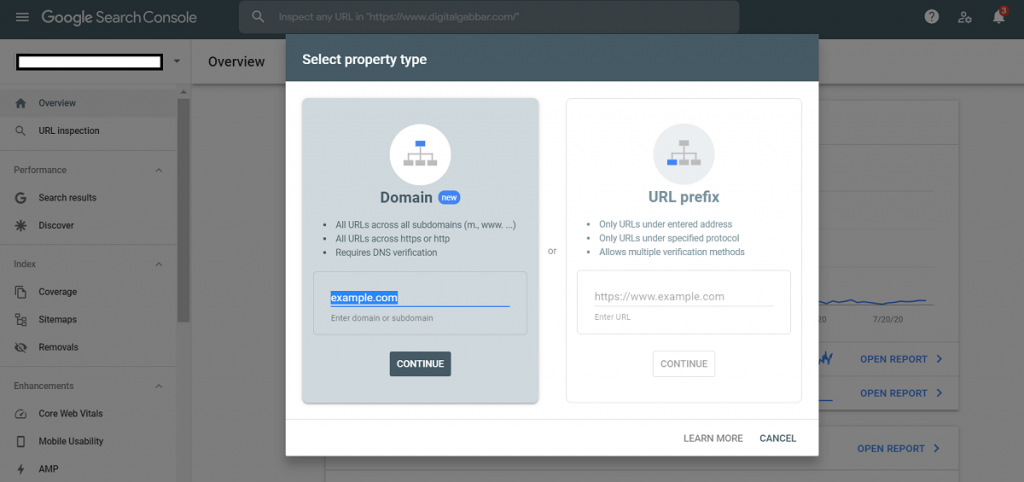
After this, your work is finished, and now the search engine’s bots crawl through your website. On the search console, you can also know the traffic of your site.
Let us now talk about how SEO is done. But before doing SEO, it is very important for you to know what the various types of SEO are.
What Are the Types of SEO?
If we talk about the type of SEO, then there are mainly 3 types.
- WHITE HAT SEO
- GREY HAT SEO
- BLACK HAT SEO
Let’s know about them one by one.
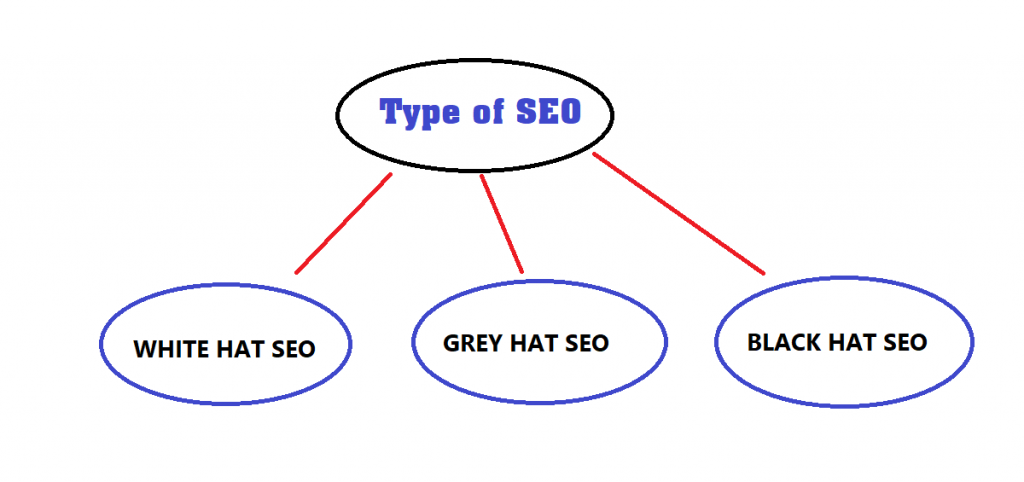
1. WHITE HAT SEO
This type of SEO is considered to be the best and most useful in terms of search engines. When you follow the search engine guidelines on your site, this SEO is called WHITE HAT SEO.
This means that when we do SEO in real terms, it is called WHITE HAT SEO. It takes a lot of time to do this; there is no fixed time limit. This depends on your target keywords and your competitor’s websites.
2. GREY HAT SEO
Gray Hat Seo happens to be the middle type between White and Black. To do this, some black hats and some white hats are taken. As an example, when you take an expired domain and create your blog site on it.
Now, taking an expired domain is black hat work, and making your real site is white hat. There are many people who work this mixed way so that their site can get organic traffic quickly.
But as I said that’s why Google keeps upgrading its algorithms, the search engine can block your site, and remove it from their data. Therefore, I will not advise you to do this ever, especially when you are completely new in this field.
3. BLACK HAT SEO
Through this SEO technique, you work to bring traffic to your site as quickly as possible. When you work in a hurry, it is either messed up or wrong.
In the same way, in Black Hat SEO, traffic is brought to the site by doing the work that the search engines don’t suggest doing. When the search engine comes to know of this being practised on a site, it removes the entire site from its data. Therefore, it is my request that you never use it.
Now, why do people do it anyway?
Majorly, hackers or people who want their product or service to be ranked quickly use it. But the moment the search engine gets to know about it, they delete the blog from their data, so the site is not reflected in the search results anymore. So never practise it.
If we talk about the parts of SEO, then mainly it is done in 3 parts.
- ON PAGE SEO
- OFF PAGE SEO
- TECHNICAL SEO
These three SEO techniques are significant in their own way. To get good results and quick rankings, you have to use all three SEO techniques, if possible. So, let’s discuss it one by one, why it is needed and how to use it.
1. ON-PAGE SEO
Whenever we start doing SEO, we have to do it on-page first. Without doing this, there is no point in doing the rest of the two. In other words, without on-page SEO, your site will not be ranked.

Why is On-page SEO important?
When you submit your site to a search engine for indexing. The search engine bots then crawl your site and search for all the major keywords. These are the very keywords on which your site or blog ranks. On page SEO, we insert keywords on the site so that search engines can find our keywords easily. The better your page, the quicker your site will be crawled and expected to rank.
How to do Onpage SEO?
Whenever you start writing content, you have to write with the page in mind. Let’s say your main keyword is “fat-loss diet.”
You must use your main keyword in the following places in your article:
1. Page Title (Meta title) and Headings (H1): The title of the article is very important; while writing it, make sure that your main keyword is present in the title. Try not to exceed 55-60 words in the title.
Example: Top 10 fat loss diet plan for women
2. URL structure: Another place is the url of your post, it should also contain your keyword.
Example: example.com/fat-loss-diet-plan-for-women
3. The first paragraph of the article: When you write your article, try or insert your main keyword within the first 100 words.
4. Meta Description: Use your keyword when writing a meta description. Your meta description appears with the title and URL in the search result. Readers read this before reading the blog, so it is very important to use it.
5. Image alt-text: Whenever you are adding an image, using keywords in the image’s alt-text also ranks your image. This can give you a better result.
6. In content: Whenever you write your content, use the keywords in the paragraph along with the sub-heading. And of course, based on the number of words that have been used in his article, suppose your article is 1000 words, then you should use your keyword a maximum of 5-6 times.
2. OFF-PAGE SEO
After Onpage SEO, the search engine lists your article using your set keyword. But which search result page will your article show? That depends on the off-page SEO.
Search engines have thousands of sites and blogs listed for the same keyword. Not all the sites and blogs can be shown on the first page. For this, the search looks for all the sites that follow many rules and guidelines, and the site that follows all gets first place in the search results.
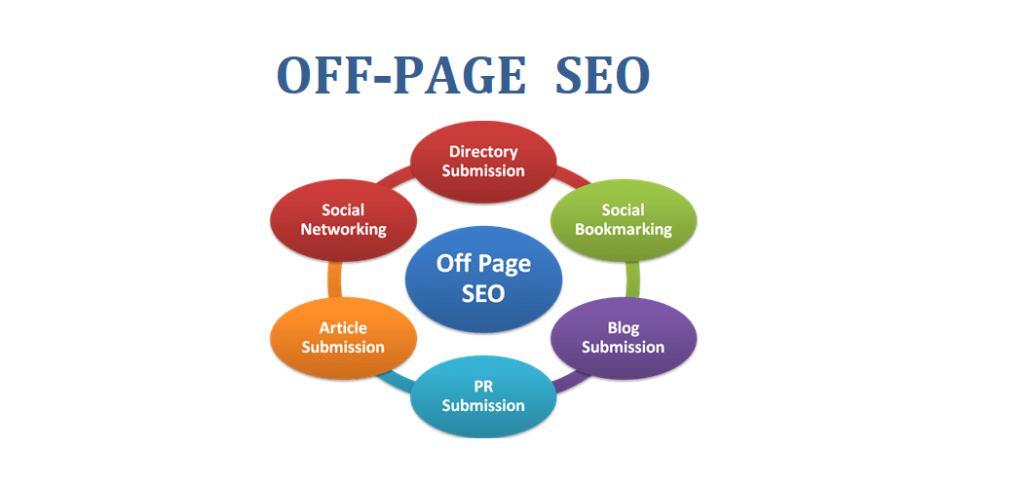
What does a search engine check?
If said in simple words, the search engine checks the popularity of your blog. And a number of backlinks if I say it in technical words. The more backlinks a site has, the more popular it is considered. If that backlink is taken from a site related to the same niche, then it gets more importance.
As an example, suppose two different sites have written a blog on the same keyword. Search engines kept both sites’ blogs in their data. The first site has 50 total backlinks, while the second site has only 10 backlinks. Now as soon as someone searches for that keyword, then one of the two blogs has to be shown first.
Now, the main work of Offpage SEO starts. The search engine will check the backlinks of both sites and whoever has the better backlinks will get first place. In this case, chances are the article with 50 backlinks will be shown first, followed by the second.
Always create backlinks from the authority site, which will improve your site ranking quickly. Also, try to make backlinks from places where your opponent is creating their backlinks.
To create backlinks in off-page SEO, you can adopt the following methods:
1. Guest Posting: Always guest post on an authority site where you get good backlinks which can promote your site.
2. Comment and Review: You will find many good sites where you get the option to submit a review or comment on a product. You have to find sites that are related to your niche and take guest comments. There, you have to write a good review or comment and give a link to your blog in the anchor text.
3. Bookmark Submission: A bookmark is a link given to your anchor text keyword, which is neither inside a blog nor in a comment. This bookmark is usually on the sidebar page of the site. You can also use this type of site for backlinks.
4. Image Submission: Like guest posts, there are many sites for submitting images, where you can upload your image and add a link to that image.
5. PDF submission: You can make a PDF submission on the file-sharing website, and you can take a backlink by adding a link.
6. PPT Submission: You have submitted the product or website visually by creating it as PPT which is called PPT submission.
7. Directory submission: Many open directories will also be found on the Internet, where you can submit information about your business and take backlinks.
8. Infographic: Like image submission, infographic is also very effective, for backlink you can submit infographic on a site like Google Images. That can give you good results.
9. Broken link: This method is very effective for backlinks, but you always have to search for such sites. When a guest link is given on a site or blog from a website and has been active for some time, and somehow the guest site or blog gets closed, that link is called a broken link. You have to search for such a link and then contact the host website via mail to take that link. The better your writing method, the more links you can expect to get.
10. Exchange: This method of creating backlinks is also used a lot, what happens in it, if you give backlinks to a host site, and the owner of the host site gives you a backlink in return from his site. This means backlinks are exchanged, but I would like to advise you not to use them much or else Google can spam you.
3. TECHNICAL SEO
The search engine checks the technical SEO to show the best results to its users. You must have seen this many times, or it may have happened to you. When you do on-page and off-page SEO, you bring huge traffic to your site, but not for so long. Soon, the search engine will reduce the blog listing. The most frequent reason for this is the Technical SEO.
It happens because even when everything on your blog is good, but the user does not like your blog’s interface or the platform, then they will start to move to a different platform. In that case, even the search engine follows the user and where it goes and ranks the site on which people are spending more time. This can happen even if your on page and off page SEO is good, but the interface is as per the user’s liking.
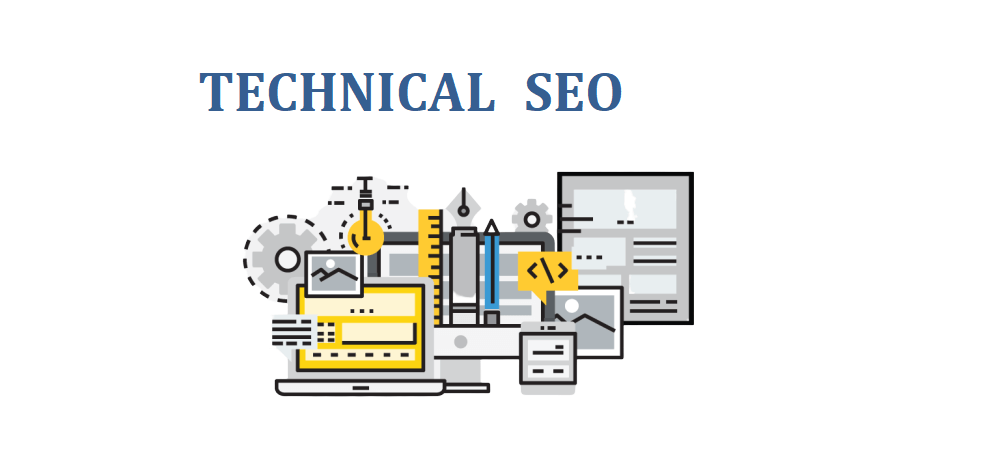
Above, we took an example wherein one site had 50 backlinks, and another had 10 backlinks. Now, suppose the technical SEO of the site with 50 backlinks is not good, and the one with 10 backlinks is really good. In that situation, the blog with 10 backlinks will show above the one with 50 backlinks.
What is mainly seen in Technical SEO?
The search engine looks at the performance of the site, especially in the technical SEO. Some of the main points of measurement are given below:
1. Speed: How long does your site take to open after clicking? If it takes more time, then the users will move to another site.
2. Mobile Friendly: The Internet now is majorly used on mobile or small display devices. If your site is not built accordingly, the user will not like your site.
3. Readability: Users can move away from your site even when the font of your blog is small or the article is not aligned or easy to read.
4. Cache: If you use the Cache system, then the opening speed of your site increases further, which can help you keep the user engaged. You can increase the speed of your blog by using cdn.
Apart from this, you also have to keep in mind that in the technical SEO, the template of your blog should be good. The more beautifully you decorate your site and keep it user-friendly, the more the user will like it. The search engine looks at all these things and uses them in the ranking of the site.
Conclusion
I hope this answers all your questions related to SEO. If you feel there is still something you want to know, then you can connect with me.
I must say, these days, QUALITY-SEO has become more important than QUALITY-CONTENT.
Thank you !
